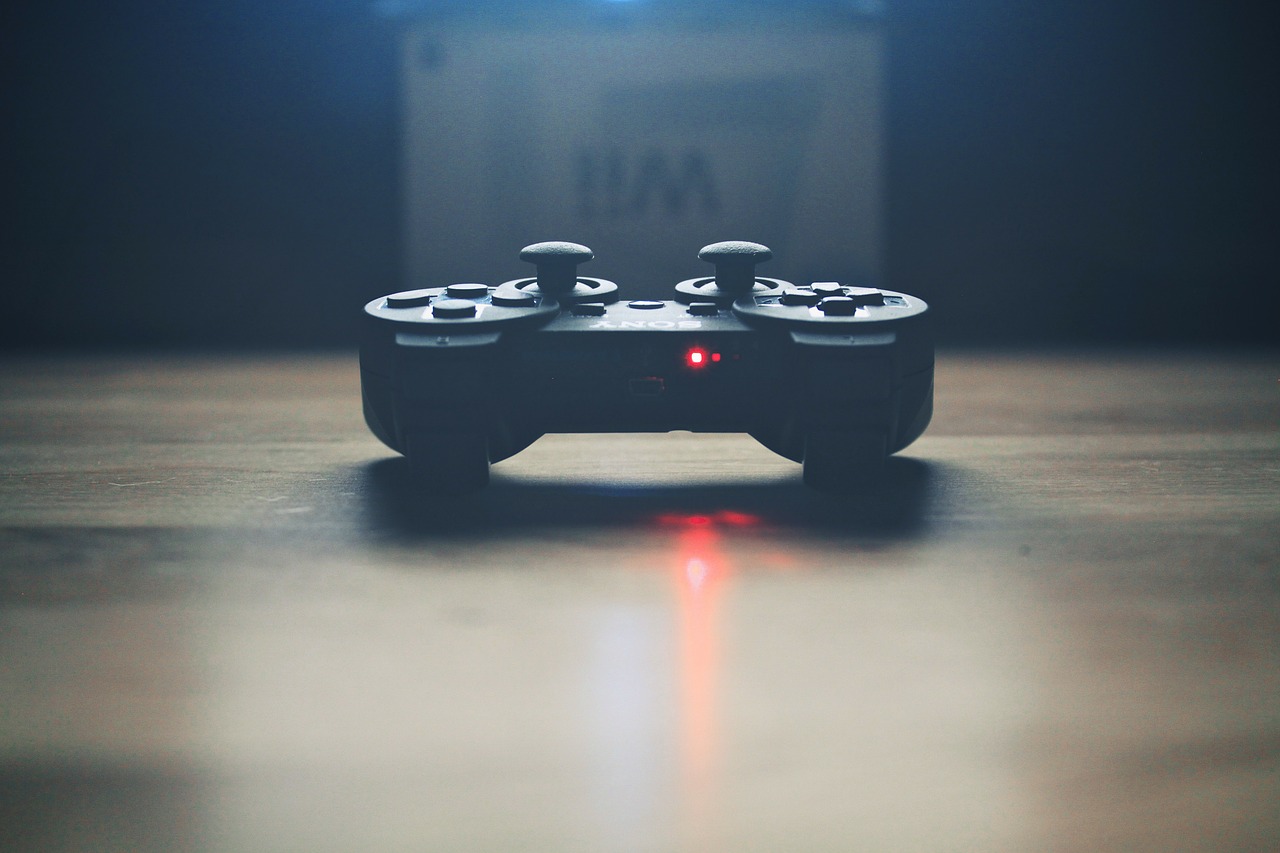
Millennials learn differently than previous generations and it’s partly due to video games. Devin Morrissey talks gamification and its impact today.
Today’s world is a digital one. Millennials and later generations were born into a world that is hyper-connected amidst various forms of advanced technology. In fact, research shows that before the age of 21, the average American has spent about 6,000 to 9,000 hours playing video games, as opposed to only 2,000 hours reading. They’ve grown up playing video games in one form or another, and are much more technologically adept than generations before them.
This means that millennials learn, work, and play differently from past generations, with a heavy reliance on the contemporary digitization of the world. Enter gamification, the concept defined by Inc. as “the use of game design techniques and mechanics in a non-game context to solve problems and engage users.”

Gamification and its impact today in the workforce
Whether it’s tracking your frequent flyer miles or redeeming hotel reward points, chances are that you’ve encountered some form of gamification at some point if your life. Unfortunately, the term “gamification” often brings up images of an unprofessional or unproductive environment, when in reality the purpose of gamification is the exact opposite. Thus, even though the concept has been around for a while, it is only now starting a gain a hold in various industries. Today, gamification is being successfully used in many industries, in a variety of ways.
One example is the use of gamification and surrounding concepts to keep employees engaged. Studies, as published in the article on Inc., show that 71 percent of millennials are disengaged at work, a statistic that can lead to reduced productivity and profits, as well as diminished company growth. To combat this, more and more employers are infusing engaging elements of games to re-engage their employees.
For instance, the task management and productivity company, Asana, “offers employees access to executive and life coaching services that provide employees with hints on how to pursue their passion, balance work, and life, or take their career to the next level.” This replicates one aspect of gaming, where players are given hints when they are stuck so as to ensure they continue to play the game. Much like in a game, Asana provides hints to users to keep them engaged and ensure they stay focused on the tasks they need to complete.

Gamification and its impact today in multi-billion dollar industry
Pharmaceutical giant AstraZeneca is another example of the implementation of a more obvious form of gamification. EHS Today writes that the international company used “a voluntary, game-based learning system to get 500 sales agents up to speed about a new drug.” The game, called “Go to Jupiter” was designed by an Italian gamification company, with various motivators like team competitions, mini-games with instant gameplay, virtual items, and even rewards for achievement. AstraZeneca found that at 97 percent, usage rates were extremely high and that 95 percent of the users completed each training session. Ultimately, the game made for an effective team building tool that got the sales team to focus on a new project and foster excitement about the launch of the new drug. While the business and workforce applications of gamification are aplenty, one mustn’t overlook its utility in other aspects of life. For example, consider the app Duolingo. The app is a prime example of using gamification to enhance what would otherwise be considered a mundane task — learning a new language. According to an article by Appnovation, “Whilst traditional methods of teaching linguistics also encourage following set courses, Duolingo builds on this foundation by using a level-based approach, where users must unlock the next parts of the course by proving their competence in previous sections. This sets a challenge to the user by showing them which sections they are yet to unlock, and displaying their current progress so that they can feel a sense of advancement.” Duolingo converts learning processes into challenges, allowing users to feel a sense of satisfaction once the challenges are complete. Similar to video games, users are able to advance to subsequent levels, and are even motivated to do so, all while learning a new language.

Gamification and its impact today on mental health counseling
In recent times, gamification is also starting to gain traction in mental health counseling. While video games may get a bad reputation in the media, researches are starting to tap into opportunities to create games that specifically target mental health needs. One such game is called SPARX, a video game that also aids in counseling. As stated in an article by experts at Bradley University, “The game — which is based in a fantasy world and consists of seven levels taking about half an hour each — was developed as a way to decrease depression. Adventures, quests, and puzzles are used to teach skills to manage mental health. Users are able to customize their character and embark on a journey to bring light back to the distressed fictionalized realm.”
In the game, a traveler teaches the user a new breathing exercise as a reward for completing a task. Collecting various skills through the game allows the user to build a “shield against depression,” proven to be useful in real life situations too. While role-playing games offer very immersive experiences for users, researchers are also exploring less intensive renditions of gamification. Tracy Dennis of Hunter College, a lead researcher, aptly states, “Gamifying psychological interventions successfully could revolutionize how we treat mental illness and how we view our own mental health.”
As the world becomes more digitally advanced, we can expect to see a rise in the utilization of gamification across many industries. While gamification is not a surefire way to success, it does provide an instant way to change people’s behavior and enhance their experiences — especially for the millennial generation and generations after. Ultimately, with these capabilities, the potential for gamification is infinite.

Devin Morrissey writes from his garage, where he occasionally takes breaks to fix his friends’ cars. He outlines his articles with his dog, Scrummy, who is the best soundboard a man could ask for. You can follow him on Twitter, if you want.












